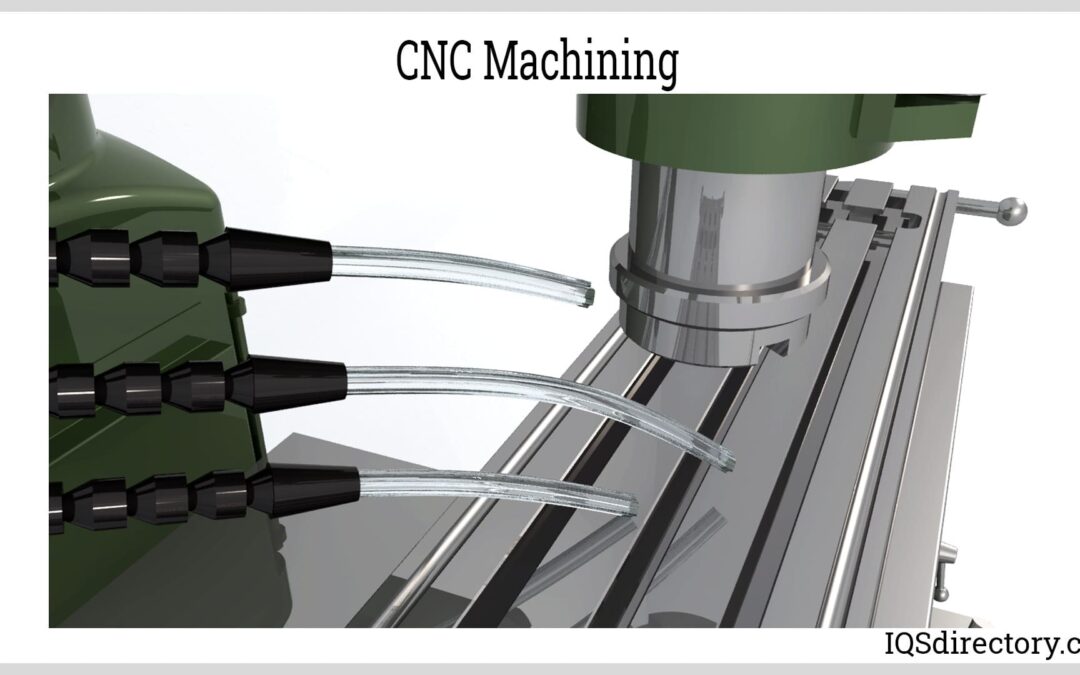Embark on a journey through the evolution of CNC milling as we explore the intricacies of the CNC Milling Process, illuminated in Chapter One: The CNC Process. This revolutionary method, born in the 1950s and propelled by computerization in the 1980s, redefines precision manufacturing.
Unlike traditional processes, CNC begins with a computer-generated rendering, transforming ideas into two or three-dimensional representations. Computer-aided design (CAD) software becomes the architect, precisely defining measurements and requirements for the part. Engineers and designers leverage CAD for prototyping, providing a meticulous examination of ideas without the need for physical prototypes.
Once a part earns approval, it undergoes a transformation into a programming language for the CNC machine. Navigating this transition with expertise, utilizing computer-aided manufacturing (CAM) to convert instructions into the vital G-Code or M-Code that drives CNC machines.
Click here to learn more about Toolcraft capabilities.
Photo and article with all rights reserved, courtesy of iqsdirectory.com





